All parts of the horseradish plant contain a specific essential oil that gives it such a sharp taste and smell - allyl mustard. In small quantities, it stimulates the appetite and activates the secretion of the gastrointestinal glands.
Horseradish roots are rich in minerals, including potassium, calcium, magnesium and sulfur. In addition, horseradish is a good source of ascorbic acid and its juice is rich in lysozyme, which has an antibacterial effect.
This explains the vegetable's antimicrobial properties. Many of the nutrients and phytochemicals in horseradish have antioxidant properties that can boost immunity and stimulate white blood cell activity.
The easiest horseradish recipe
Usually, the vegetable horseradish is used to make spicy horseradish sauce. The sauce can be purchased or you can make it yourself. The most popular and healthy one is the no boil sauce with horseradish and tomatoes. For its preparation you will need:
tomatoes - 4 kg
white horseradish - 250 g
garlic - 16 cloves
salt - 8 teaspoons
sugar - 4 teaspoons
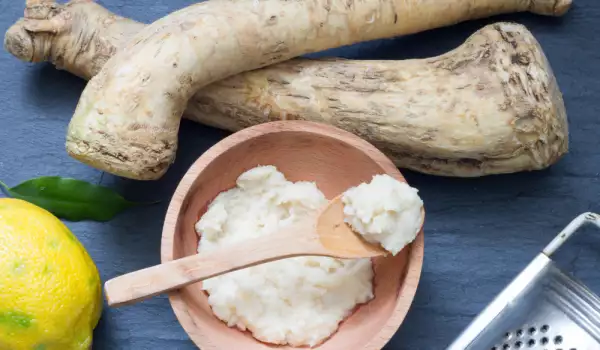
First, prepare the tomatoes. For the sauce, it is best to choose soft and overripe tomatoes that will not be difficult to grind. The tomatoes should be washed, dried, the stems and damaged parts should be removed, if any. Then prepare the horseradish, rinse it and clean it.
The tomatoes must be chopped and you can use a food processor or a meat grinder to do that. Then add horseradish, garlic, sugar and salt to the juice. Grind again. The prepared mixture should be poured into sterile jars or bottles.
It is best to keep horseradish tomato sauce in a cool place away from light.
It is believed that this particular sauce was eaten regularly by the ancient Egyptians, Greeks and Romans. In the Middle Ages horseradish was eaten to increase appetite and maintain vitality.
And be sure - horseradish recipes may not be one of the most popular, but they are very good for health because of the beneficial properties of horseradish.
Eat tasty and healthy and stay healthy!
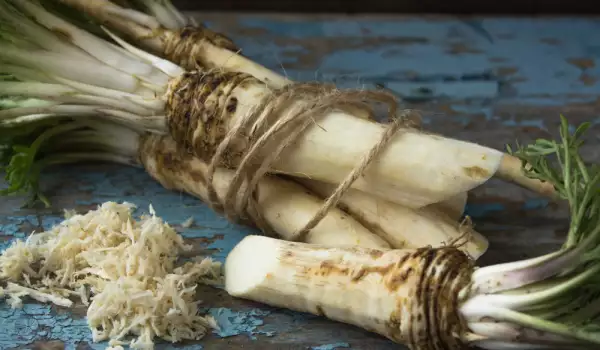
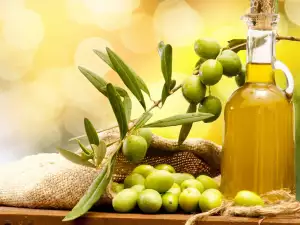


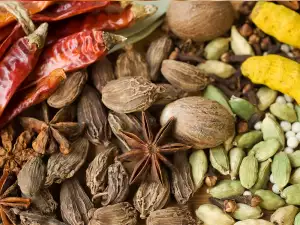
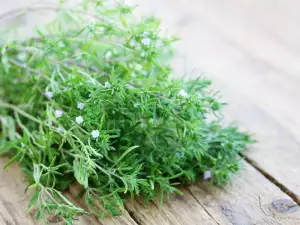
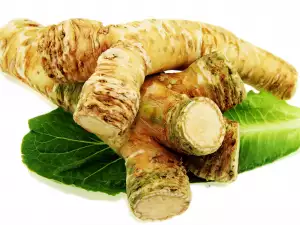

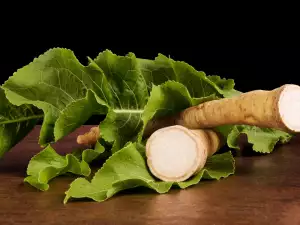
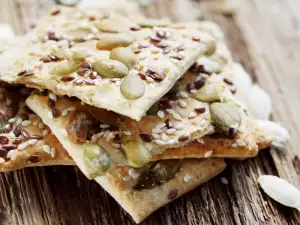
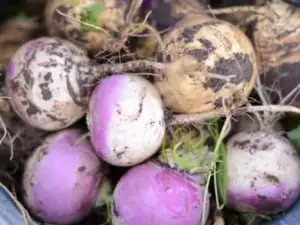
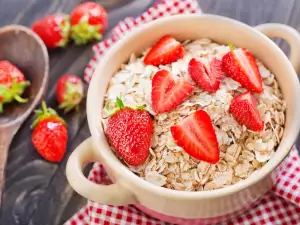
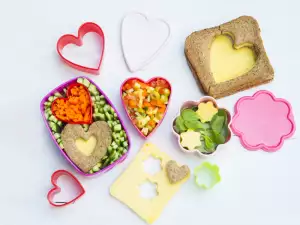
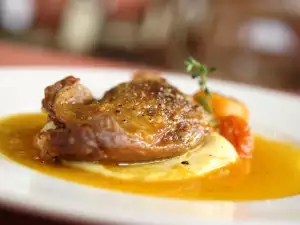
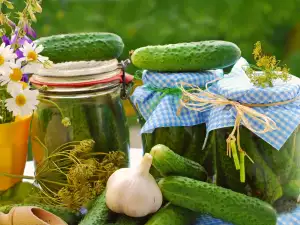




Comments